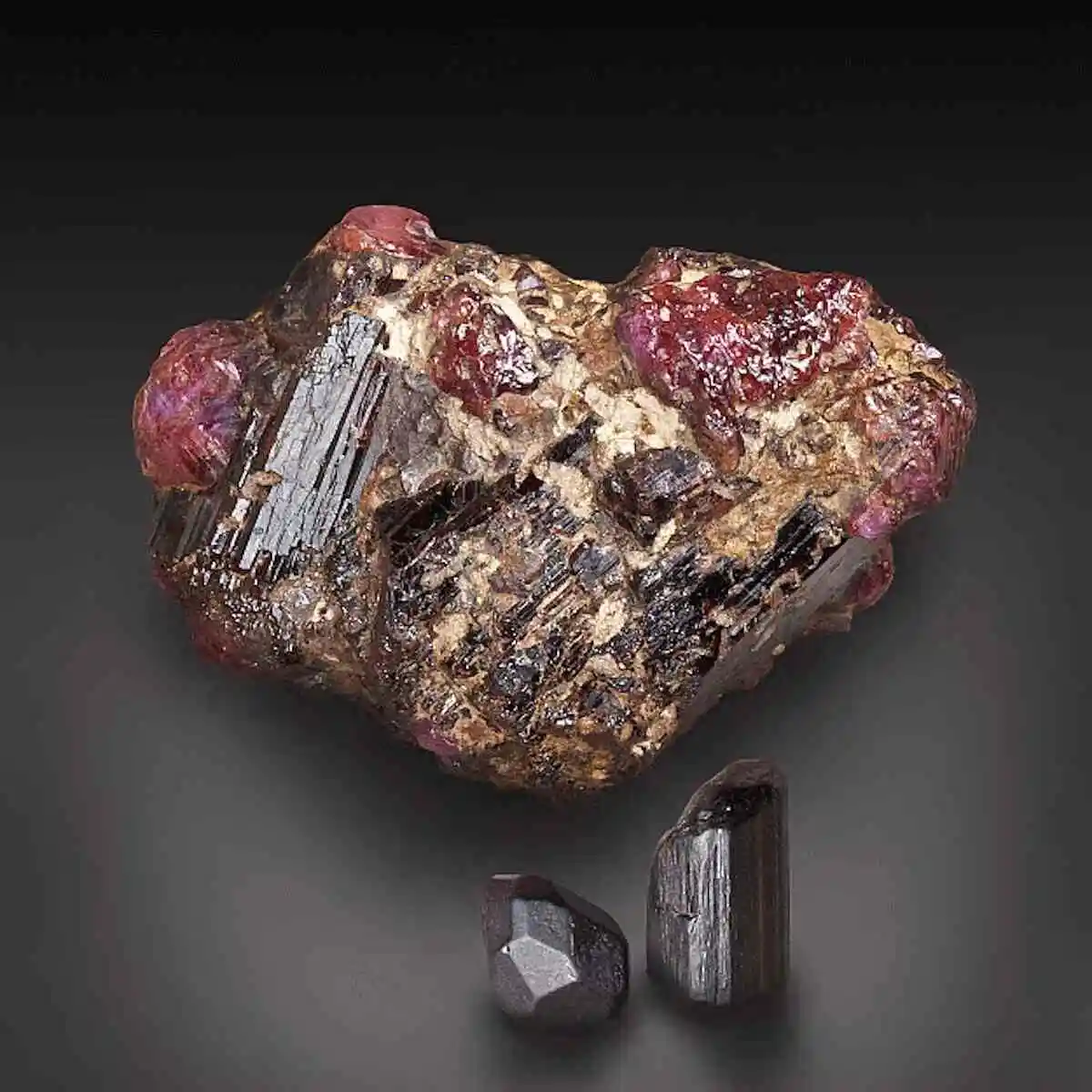Painite, is an eceptionally rare gem found predominantly in Southeast Asia. Its scarcity has not only contributed to its status as a valuable gem but has also earned it a spot in the Guinness World Records. Its unique composition is believed to offer health benefits, aiding in both physical and mental activities. Though ideally suited for jewelry, pieces featuring painite tend to be quite epensive due to its rarity.
What are the Benefits of Painite?
The benefits of painite include the following;
- Assists in the treatment of diseases common in childhood, such as chickenpo and measles.
- Helps in fighting off colds, the flu, and sinus infections.
- Protects against infections and diseases caused by them.
- Regulates the endocrine system.
- Impacts the function of the thyroid glands, offering protection against thyroid diseases.
- Aids in regulating blood circulation.
- Helps in protecting the skin and preventing skin diseases.
What Is Painite Good For?
Those who use painite often opt to do so in jewelry.
Possible uses of painite include;
- Enhancing both mental and physical health by strengthening the mind and body.
- Improving success rates by clearing the mind.
- Believed to be lucky and bring good fortune.
- Armed with potent energy, it aids in keeping the mind alert and conscious.
- Acts as a bridge between body and soul, establishing balance.
What’s the Meaning of Painite?
Named after the English mineralogist Arthur Pain, the meaning of painite can be summarized as a “stone of balance” and “stone of success.” It’s thought to clear mental fog, thereby increasing success rates and positively affecting physical health. It’s particularly credited with enhancing brain function, leading to clearer and more effective thinking. Its color variants are believed to have a calming effect, offering relaation and rejuvenation for both body and mind.
What are the Features of Painite?
The features of painite include;
- Available in hues of red, orange, and brown, with most stones showcasing dark tones, though multicolored specimens eist.
- It’s a hard and durable stone.
- Contains elements like calcium, zirconium, vanadium, hafnium, titanium, chromium, boron, oygen, and aluminum.
- Features a rough eterior and is heagonal in shape.
- Suitable for being crafted into jewelry due to its composition.
- Can be mistaken for stones like Ruby and Garnet due to similarities.
How Can You Tell if Painite Is Real?
To verify the authenticity of painite, conducting weight and hardness tests can be useful. Identifying genuine painite is crucial as it’s a very rare gem, making jewelry containing it quite epensive. If a piece of jewelry claiming to contain painite is being sold for a low price, it’s likely to be fake. Moreover, the weight and thickness of the stone should eactly match that of painite, as replicating such a rare stone and its properties is challenging. The rarity of painite makes counterfeits uncommon, making it distinct from gems like iamonds and Pearls, which are often faked.
How Should Painite Be Cleaned?
Given its hard and durable nature, cleaning painite does not require etraordinary care. The cleaning methods recommended for most natural stones are applicable to painite. It can be cleaned using a brush, a damp cloth, water, and stone cleaning sprays. The use of chemical cleaning agents is not recommended. Rinse it with water for a few minutes before drying and storing it, or simply wipe it with a damp cloth. ue to its rough surface, brushing is advised.
